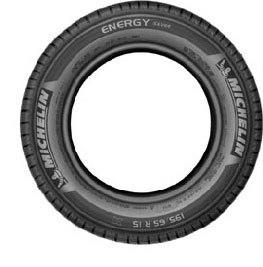California Eyes Rolling Resistance
California’s Energy Commission is examining the possibility of a government database and rating system for the fuel efficiency of car and truck tires, reports Modern Tire Dealer. “The foundation of a government administered product rating system is a comprehensive database providing reliable test results and objective information accessible to everyone. A solid analytical basis combined with full disclosure and transparency inspires the confidence required for a rating system to be successful,” says the CEC. “A ranking system driven by the ‘best in class tire’ can ignite a competitive spirit.” Under the CEC proposal, “all tires with an Rolling Resistance Factor (RRF) within 15% of the lowest RRF reported tire for that combined tire size designation and load rating will be rated ‘fuel efficient tire.'”
Manufacturers aren’t thrilled at the prospect, arguing that, if enacted, the rating system could add $20 million in industry costs for testing and data management. The Rubber Manufacturers Association is championing a “self-certification” system, in which tire makers would monitor each others’ rolling resistance claims. The RMA also points out that the National Highway Traffic Safety Administration (NHTSA) is developing a federal-level tire rolling resistance regulation and a California-only rule “may not be prudent.”
More by Edward Niedermeyer


































Comments
Join the conversation
I hope they do it. The more I know about a tire before purchase, the better.
TTACfan Two of my Prius-driving friends complained that Prius suffers from the cross winds on one particlar bridge in the Cleveland area. I have strong suspicion that it is, at least in part, due to the low rolling resistance tires. Very interesting. Does anyone know if they're sticking overly slippery tires on Priuses to up the gas mileage? If they are, I need to tell my brother to be careful. Of course, he's not exactly an enthusiastic driver, so it might not be a problem.
Most hybrids, including all generations of Prius, have low-rolling resistance tires.